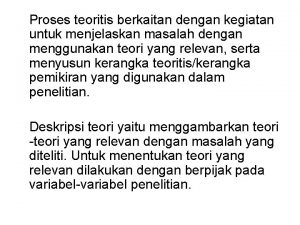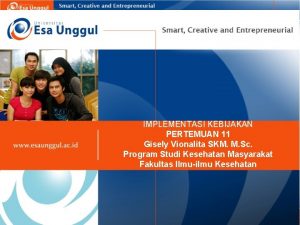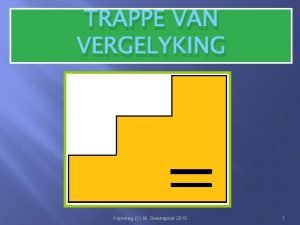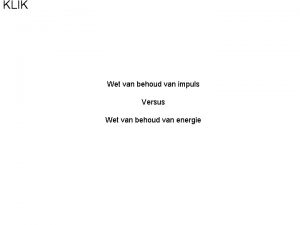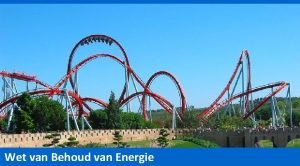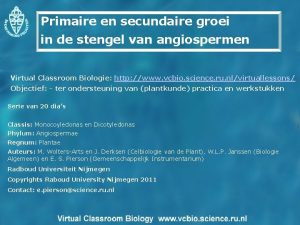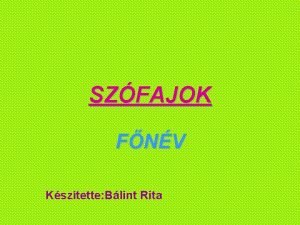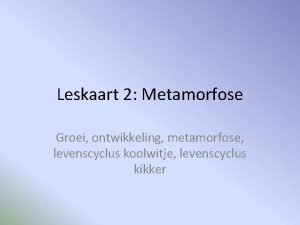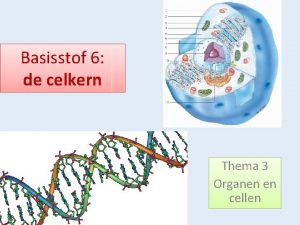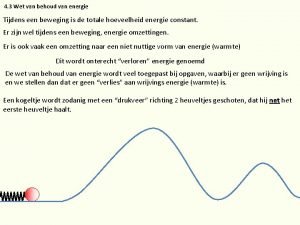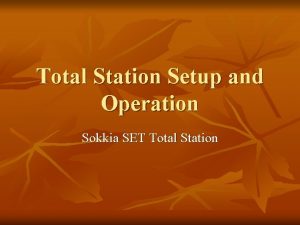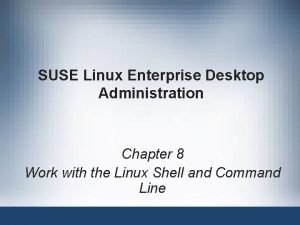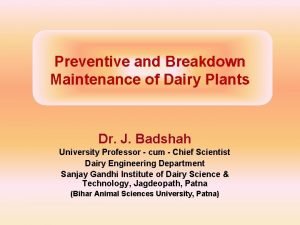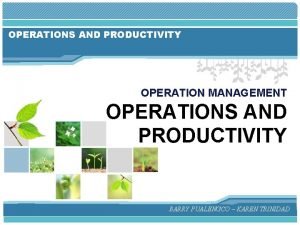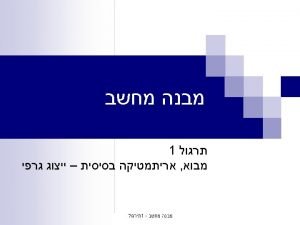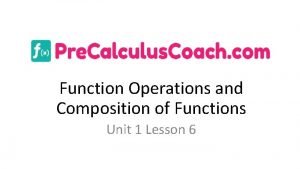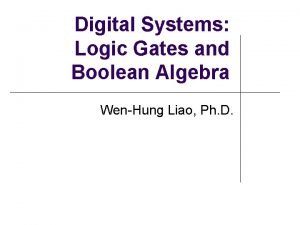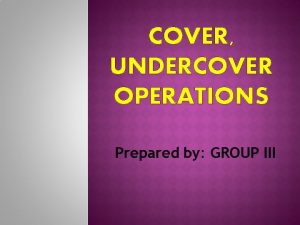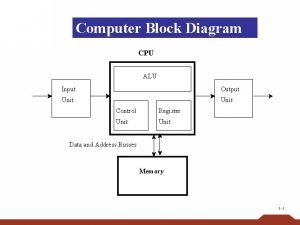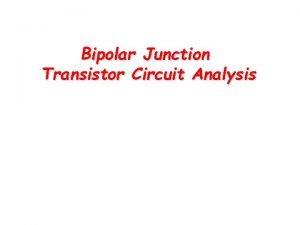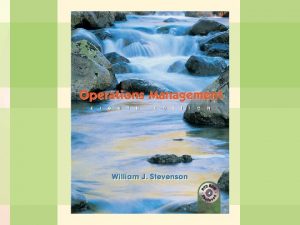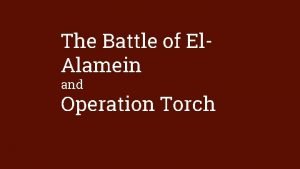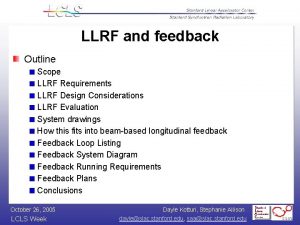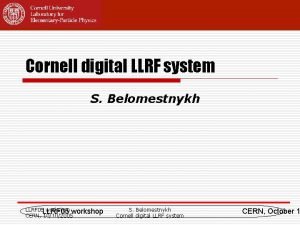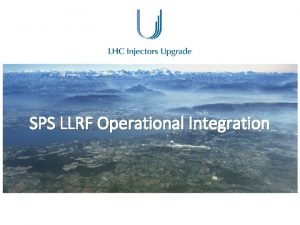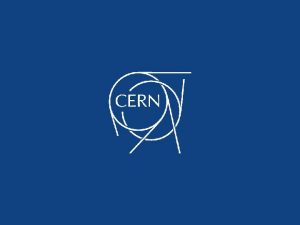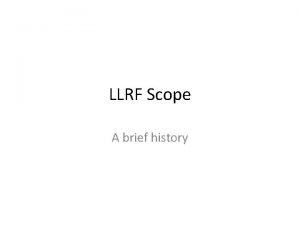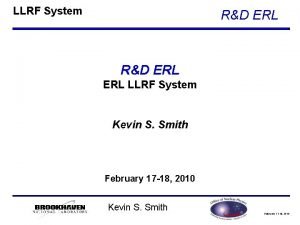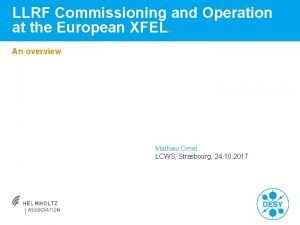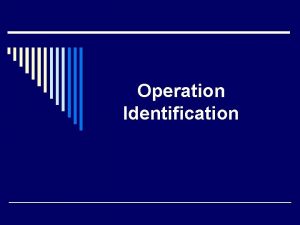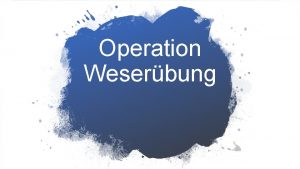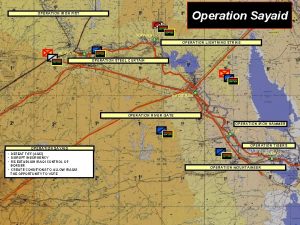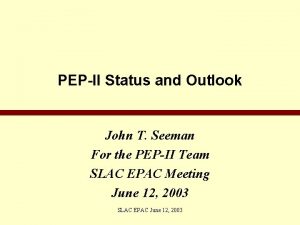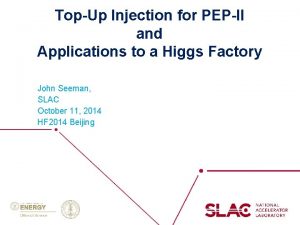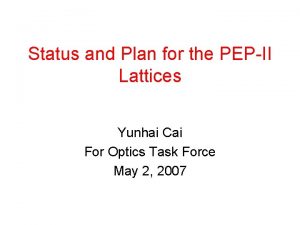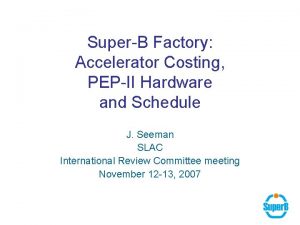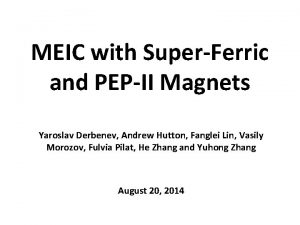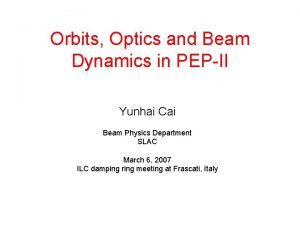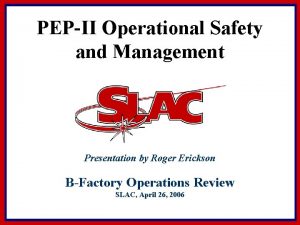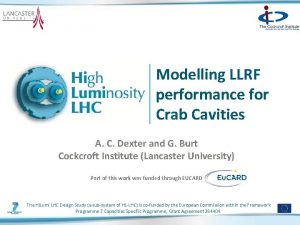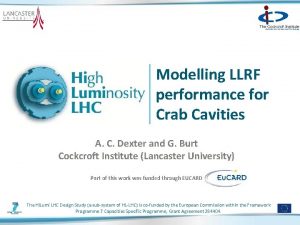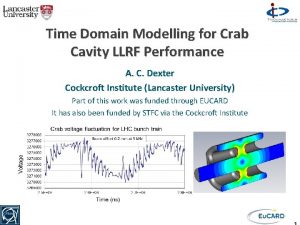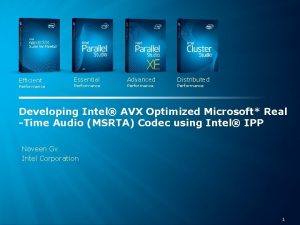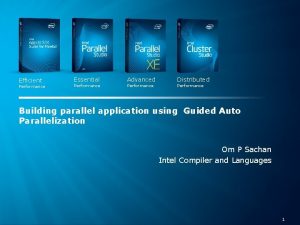Operation and performance of PEPII LLRF Dan Van

































- Slides: 33

Operation and performance of PEPII LLRF Dan Van Winkle, Dmitry Teytelman, John Fox, Claudio Rivetta 10/10/05

Outline • PEP II LLRF overview • Current performance and operation • Future plans and how to get there 10/10/05

PEP II LLRF overview 10/10/05

PEP II Site View 10/10/05

HER Station Configuration 2200 m circumference 10/10/05

LER Station Configuration 2200 m circumference 10/10/05

LLRF Overview LLRF Cabinet 1. 2 MW Klystron 10/10/05

LLRF Overview LLRF VXI Crate Interlock Chassis 120 W Solid State Preamp Klystron Linearizer Prototype 10/10/05

LLRF Feedback Loops Tuner loops - standard tuning for minimum reflected power Klystron operating point support • Ripple loop adjusts a complex modulator to maintain constant gain and phase shift through the klystron/modulator system. • Klystron saturation loops maintain constant saturation headroom Direct feedback loop (analog) • Causes the station to follow the RF reference adding regulation of the cavity voltage • Extends the beam-loading Robinson stability limit • Lowers the effective fundamental impedance seen by the beam Comb filter (digital) • Adds narrow gain peaks at synchrotroncsidebands to further reduce the residual impedance Gap feedback loop (digital) • Removes revolution harmonics from the feedback error signal to avoid saturating the klystron on gap synchronous phase transients Longitudinal feedback uses RF as low-frequency “woofer” kicker 10/10/05

LLRF Detailed 10/10/05 IQA 1 RFP Module IQA 2 Comb Gap Modules (Digital (Analog (Slow (Digital Loops Loop) Feedback) Filter) and. Monitor)

Key (timeless) Features • Software configurable (Full EPICS setup) Accessible world wide! 10/10/05

Key (timeless) Features • Model based tools for configuration Inject “known” noise to summing junction 10/10/05 Measure to get closed loop response

Key (timeless) Features • Model based tools for configuration • Though Matlab scripts and non-invasive measurements (beam in machine)…does a model fit • “Suggests” changes to direct and comb loop gains and phases. • Loop parameter changes can be made with beam in machine 10/10/05

Key (timeless) Features • Fault file analysis/architecture – Each beam abort (even if not caused by the RF) results in a series of fault files. – Fault file recordings contain (up to) 50 ms of waveform data for the following items: 10/10/05

Key (timeless) Features Cavity Drive Frwd Power and Reverse Klystron RFP Cavity Forward Cavity Probe Signal Power 10/10/05

Current performance and operation 10/10/05

Current Performance Record Currents IHER = 1. 74 A ILER = 2. 94 A Peak Lumi of 10. 025 x 1033 10/10/05

Design Parameters Design Current Beam Current Units LER HER A 2. 155 2. 94 0. 75 1. 74 Harmonic Number 3492 Number of Colliding Bunches Peak Luminosity 1658 1732 -2 -1 cm cm-2 ss-1 Number of RF Cavities Total RF Voltage MV Number of Klystrons RF Frequency 10/10/05 MHz 33 33 3. 0 x 1033 10. 025 x 10 3. 0 x 10 448 202026 3. 44. 5 14 14 13. 4 224 5 5 9 479. 99903

Reliability • Performance improvements can be made… – Reductions in beam aborts – BPM buttons/heating – Ongoing instabilities especially as we push current 10/10/05

Beam Aborts • Each abort “costs” approximately 20 pb-1 Bouts of aborts 10/10/05

Beam Aborts • Run 5 has averaged 4. 7 RF/Transverse/Longitudinal aborts per day 10/10/05

Beam Aborts • Reduction in aborts would have improved Run 5 by approximately 25% 10/10/05

Other Opportunities • BPM Buttons – We’ve discovered the BPM buttons are susceptible to heating when the bunch length is shortened – A BPM task force is currently evaluating our options and has proposed a solution • Ongoing Instabilities – We are currently experiencing mysterious bouts of transverse instability which are leading to aborts with both longitudinal (due to sudden beam loss) as well as transverse signatures. – As we push currents, it is expected that these will become a limiting factor. 10/10/05

Future Plans and how to get there 10/10/05

Future Plans • Our future goals are aggressive and exciting! Design Current Future Beam Current Units A LER HER 4. 0 2. 155 2. 94 Harmonic Number 1658 1732 cm-2 s-1 3. 0 x 1033 10. 025 x 1033 Number of RF Cavities Total RF Voltage 4 8 8 MV Number of Klystrons RF Frequency 10/10/05 2. 2 3492 Number of Colliding Bunches Peak Luminosity 0. 75 1. 74 3. 4 4. 5 2 MHz 4 22. 3 e 33 20 26 28 6. 4 14 13. 4 4 5 475. 99903 9 18 11

Future Plans • Increase in beam currents (4 A – LER, 2. 2 A –HER) – Specific Hardware Plans • • Klystron Linearizer G-Proto Comb II Digital Direct Loop – Matlab based time domain RF/Beam modeling • Decrease RF related beam aborts – Fault file analysis and recommendations – Routine System calibration – LLRF Module QC • Additions to RF system – 2 More HER Klystrons 10/10/05

Klystron Linearizer • Prototype Built and Tested in LER • Funded AIP project to design and build for each LER and HER Station 10/10/05

Comb II Module • • • Upgrade of the first COMB module Combines both I & Q channels into one module Contains playback & record memories for increased diagnostics Implemented with Virtex-II FPGA – allows for many varied filter configurations Including single sideband COMB filter which promises to offer increased stability from reduction of upper synchrotron sideband Provides fast serial Rocket I/O for anticipated Digital RFP Upgrade (for implementation of COMB loop) Currently configured as standard COMB IIR Filter Prototyping completed, production run started System integration tests to begin in late July, 2005 10/10/05

Gproto • Wideband FPGA based processing channel • Fast ADC Fast FPGA Fast DAC 10/10/05

Dynamic RF Modeling Dynamic Model Goal is to: Vin Develop a manageable model of the LER/HER system. To allow insights to the interaction of the RF system with the beam. - Lead-Lag Comp. Klystron Cavity Beam Vc Direct Feedback + Comb Filter Vout Simulation Block Diagram 10/10/05 Simulated Transfer Function

Digital Direct Loop • Similar in architecture to Gproto – Must have low latency (group delay) – FPGA Based • Advantages over analog approach – No analog drifts – Re-configurable – Integration with digital comb filters 10/10/05

Conclusion • The PEP II LLRF has had such a long run due to the fact that the original designers had the foresight to include diagnostics into the system • The PEP II LLRF is maintainable because of the built in fault file capabilities and the well thought out design • Our upgrade plans should put us on a path to achieving record Luminosities and beam currents in the years ahead • We will continue to push and improve all systems in PEP II up to the very last day. 10/10/05

Acknowledgments Without discussions and guidance from at LEAST all of the following, I would still be wondering what an accelerator is… • Klystron Group Peter Mc. Intosh Heinz Schwarz Alan Hill Ron Akre Saul Gold • ARD-A Dmitry Teytelman John Fox Claudio Rivetta Themis Mastorides • Controls Department John Dusatko Mike Browne Andrew Young Bill Ross • The original designers Paul Corredoura Flemming Pedersen Rich Tighe Chris Ziomek Leonid Sapoznikov • Accelerator Physicists Uli Wienands Mike Sullivan 10/10/05
 Kerangka pemikiran dalam penelitian
Kerangka pemikiran dalam penelitian Gambar model implementasi van meter dan van horn
Gambar model implementasi van meter dan van horn Kedatangan rombongan jacob van neck
Kedatangan rombongan jacob van neck Performance levels
Performance levels Performance appraisal process
Performance appraisal process Jcids manual 2018
Jcids manual 2018 Trappe van vergelyking for mooi
Trappe van vergelyking for mooi Wet van behoud van impuls
Wet van behoud van impuls Het stokske van johan van oldenbarnevelt
Het stokske van johan van oldenbarnevelt Wet van behoud van energie
Wet van behoud van energie Fasciculair cambium
Fasciculair cambium Van social y van privado
Van social y van privado Orra van de nem szagol nyelve van de nem beszél
Orra van de nem szagol nyelve van de nem beszél Stadia levenscyclus koolwitje
Stadia levenscyclus koolwitje Darmcel
Darmcel Van goff
Van goff Wet van behoud van energie
Wet van behoud van energie Difference between datagram and virtual circuit operation
Difference between datagram and virtual circuit operation Leica total station setup and operation
Leica total station setup and operation Linux operation and administration chapter 8
Linux operation and administration chapter 8 Sap sales and operations planning ppt
Sap sales and operations planning ppt Operation and maintenance dairy plant
Operation and maintenance dairy plant Multifactor productivity operations management
Multifactor productivity operations management And or operator
And or operator Function operations definition
Function operations definition Timing diagram
Timing diagram Cover and undercover
Cover and undercover Cpu alu diagram
Cpu alu diagram System design implementation and operation
System design implementation and operation Types of food and beverage service operation
Types of food and beverage service operation Four resistor bias circuit
Four resistor bias circuit Location planning and analysis in operation management
Location planning and analysis in operation management Regional factors for location planning
Regional factors for location planning Operation torch
Operation torch
